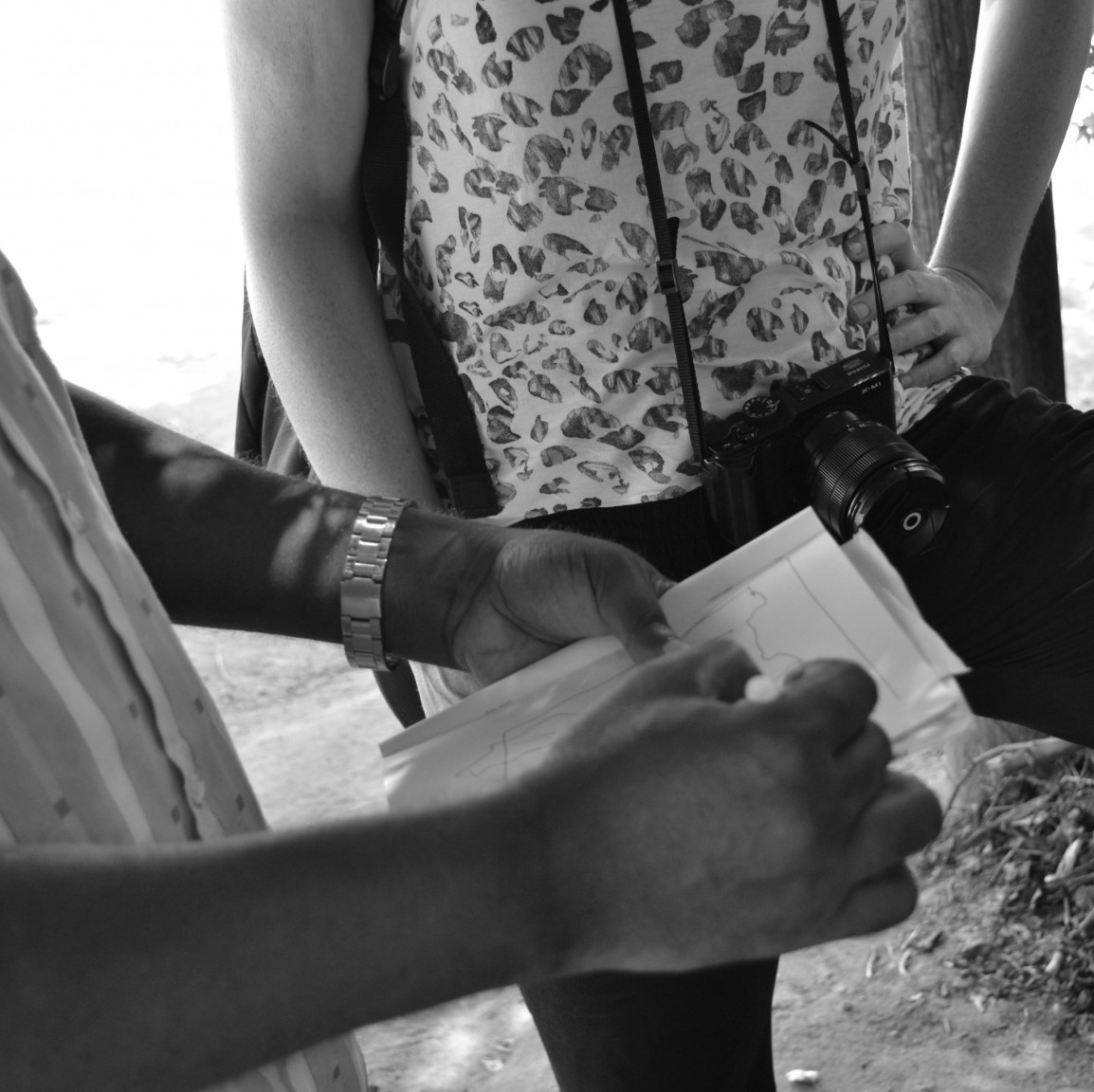
Forschung
BERLIN – DAR ES SALAAM
Stadt Erbe: was ist das? Wessen Erbe ist es?
Wer entscheidet, was bewahrt werden wird?
Warum werde bestimmte Orte zerstört?
Welche Tools können wir benutzen zu dokumentieren und kommunizieren?
Zwischen September 2015 und März 2017, eine Kombination von Aktivisten, Forscher und Studenten haben zwischen Berlin und Dar es Salaam zusammengearbeitet. Sie versuchen, ungesehen räumlichen Geschichten ausgraben, und die Auswirkungen der Bausubstanz auf die Anwohner konfrontieren.
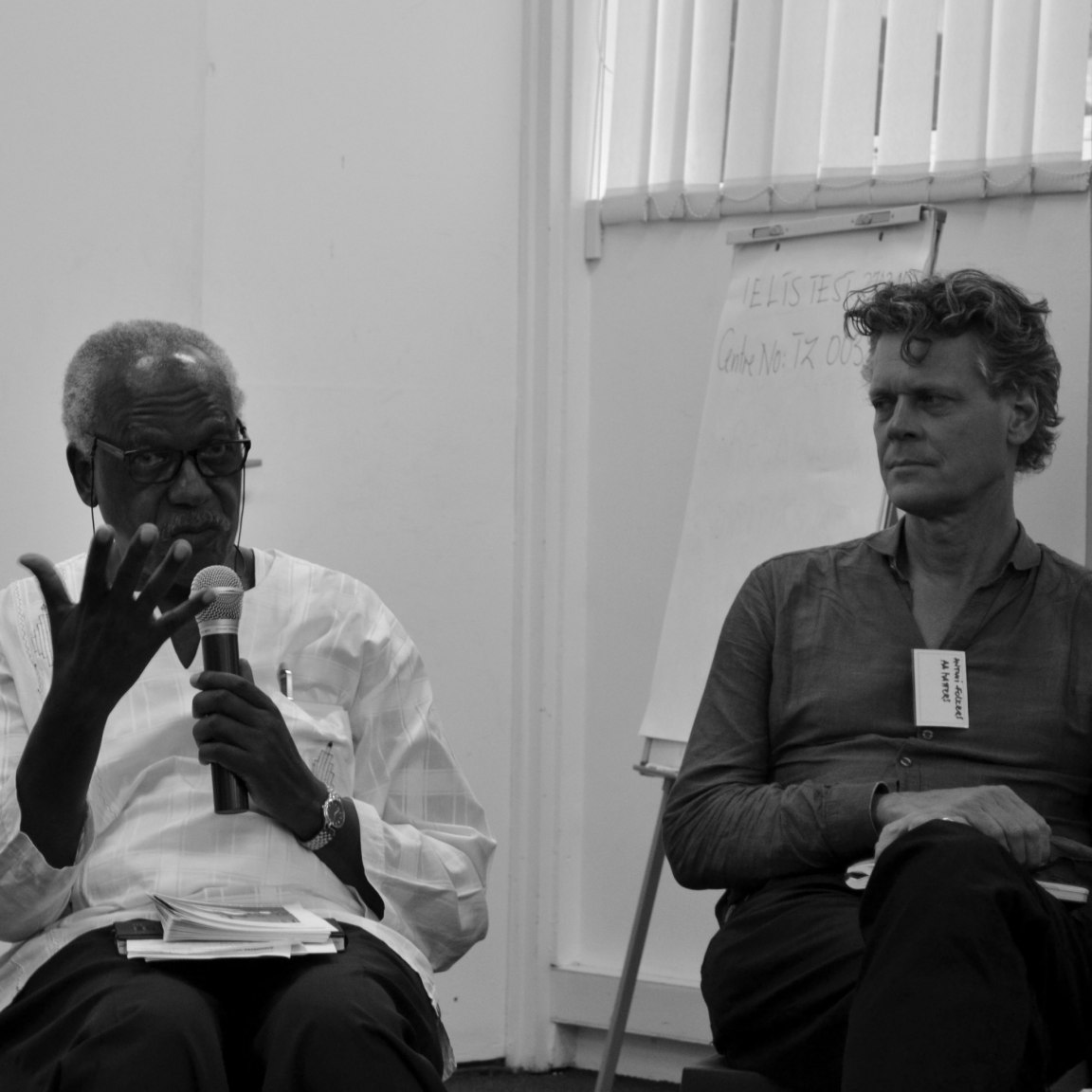
Raum für neue Agenturen
Hauptfragen im gesamten Simulizi Mijini Veranstaltungen:
• Wie öffnen wir den Boden für die Öffentlichkeit, und schaffen für die Diskussion einen inklusive Raum?
• Wie können wir Wissen in verwendbar, leicht lesbarer Formate, für alle teilen?
• Wie können wir „historische“ Daten aus unseren Städten „offiziellen Archiven“ zugreifen?
• Wie können wir experimentelle Anfrageformate entwickeln, zu alternative Stimmen in der Debatte über Erbe gehören?
• Wo können wir sehen, unheimliche Geschichte in Berlin und in Dar es Salaam?
• Wo sind Bewohner’s Erinnerungen geerdet, und was sehen diese Räume aus?
Öffentliche Events
Bevorstehend
• Call for abstracts (September 2016)
• Abschlussausstellung in Berlin (ZKU / März 2017)
• Internationales Symposium in Berlin (ZKU / März 2017)
• Beiträge zur DARCH mündliches Geschichtsausstellung
Vorangegagen
• Institut für Architektur Jahresende Ausstellung (TU Berlin / Juli 2016)
• Decolonizing the Academy (University of Edinburgh / April 2016)
• Internationales Symposium in Dar es Salaam (April 2016)
„von unten“
„Heritage“ wird oft aus institutioneller Sicht verstanden – ein Label, das von internationalen Organisationen wie UNESCO oder ICOMOS auf bestimmte Gebäude und Standorte für ihren „historischen Wert“ zurückzuführen ist.
Simulizi Mijini ist von einem rechtsbasierten Herak-Ansatz inspiriert: Recht auf Zugang zu öffentlichen Räumen, Recht auf Repräsentation und Gedenkfeier für Minderheiten, Recht, immaterielle Traditionen als kulturelle Werte zu betrachten … Urbaner Erzählungen sollten sich über Europa und Nordamerika hinaus entwickeln und sich auf Ostafrika konzentrieren Und besonders Dar es Salaam, können verschiedene (vergleichende) Perspektiven auf die Formate und Aspekte des städtischen Erbes einführen.
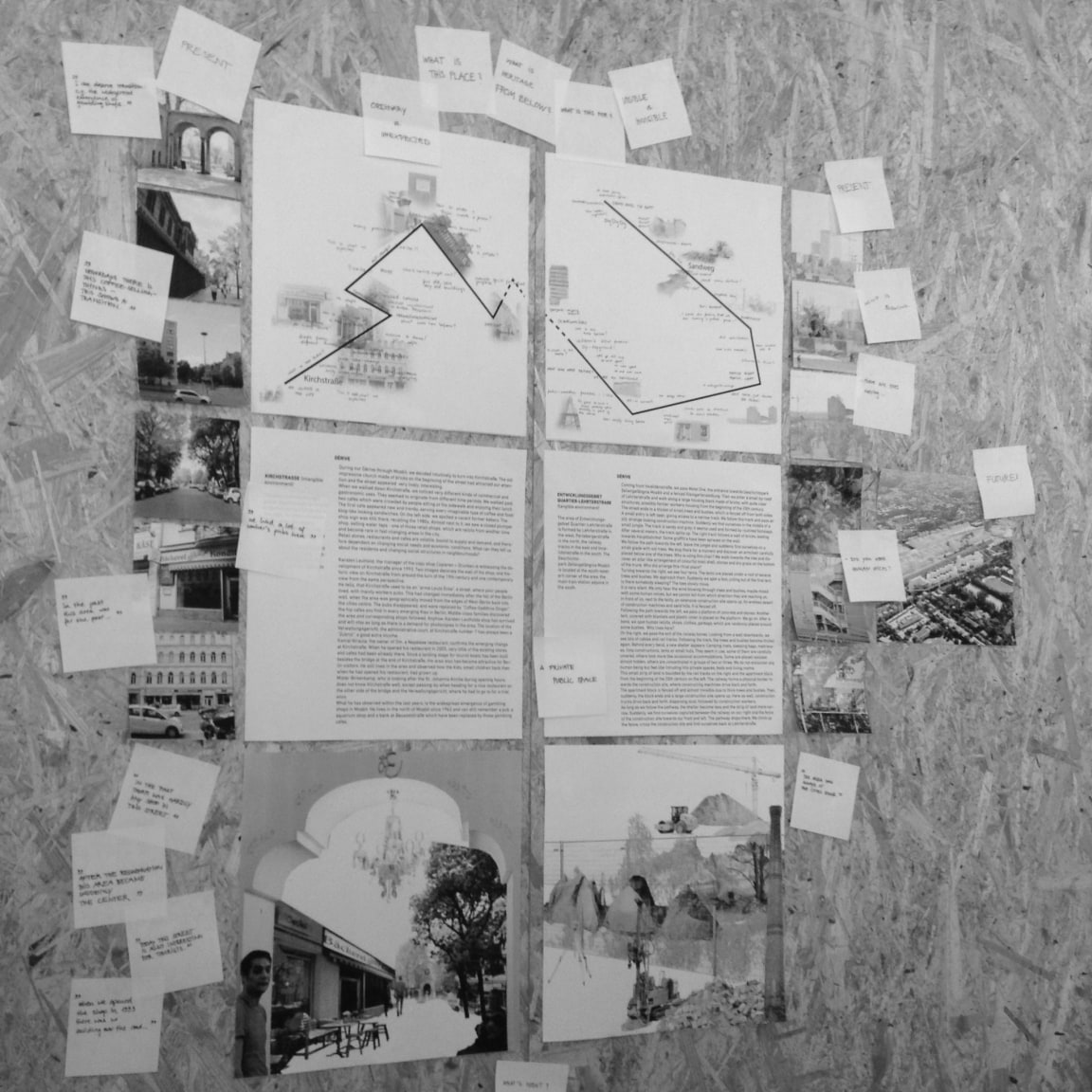
Lehren und Recherche
• Theoretische Seminar (TU Berlin): das Verständnis der historischen und räumlichen Auswirkungen der „Erbe“ als politisches Instrument in Städten in der ganzen Welt, vor allem in nicht-westlichen Einstellungen. Oktober 2015-Februar 2016
> Lesungen
> Background
• Forschung / Design-Studio (TU Berlin): in einige der Berliner wenigsten bekannten Gegenden zu erkunden -Moabit, Wedding, alternative Visionen von der Entwicklung der Stadt auszuheben: Geschichten von Migration, radikale Veränderung, militärische und koloniale Vergangenheit … Die Studenten wurden gebeten, zu entwickeln, Konzepte für die Kommunikation und diese Erzählungen mit einer digitalen Plattform zu visualisieren. April-Juli 2016
> Tools für Stadtforschung
> Platforms
Sommerschulen
• Sommerschule in Dar (TU / Ardhi): bei einer nicht-offizielle Geschichten des Erbes im urbanen Raum suchen, vom Stadtrand bis Innenstadt. Fokusgruppen : visuelle/oralen Kultur, offen/Grünflächen, Märkte/Handelszentren, Zugang/Grenzen, Habitat, Zeitlichkeiten, geschlechtsspezifische Räume. März 2016
> Dar Sommerschule Artikel (EN)
> Ausgewählte Geschichten (EN)
• Sommerschule in Berlin (TU / Ardhi): mit Materialien aus der früheren Sommerschule gesammelt, haben wir gemeinsam Kreuzungen der beiden Städte Geschichte in Berlin zu finden -wie wird Afrika wahrgenommen und im urbanen Raum vertreten? Wo ist geteilt diese Geschichte sichtbar? Wie kommt es, kuratiert und erzählt?, usw. August-September 2016
> Berlin Sommerschule Artikeln (EN): Woche 1, Woche 2, Woche 3
> Ausgewählte Geschichten (EN)
tools
Ein unfertiges Index von Referenzen für cognitive mapping, Darstellung die Stadt von unten, und Visualisierung von urbanen Geschichten.
Sagen Sie uns Ideen über das Kontaktformular!
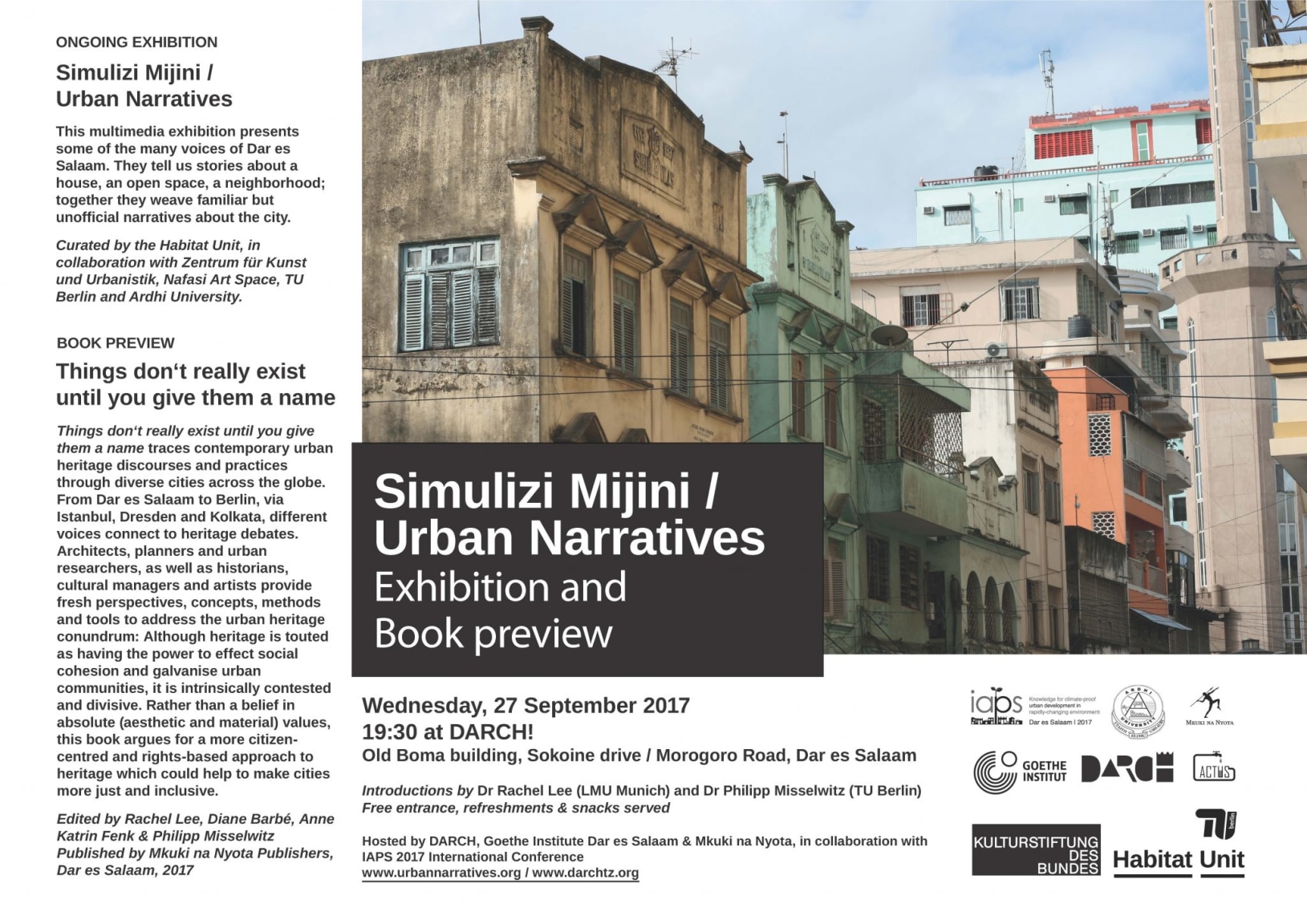
BOOK LAUNCH: THINGS DON’T REALLY EXIST UNTIL YOU GIVE THEM A NAME
Artists, scholars and urban activists debate the question of heritage in cities across the world, from Dar es Salaam to Berlin in this ...
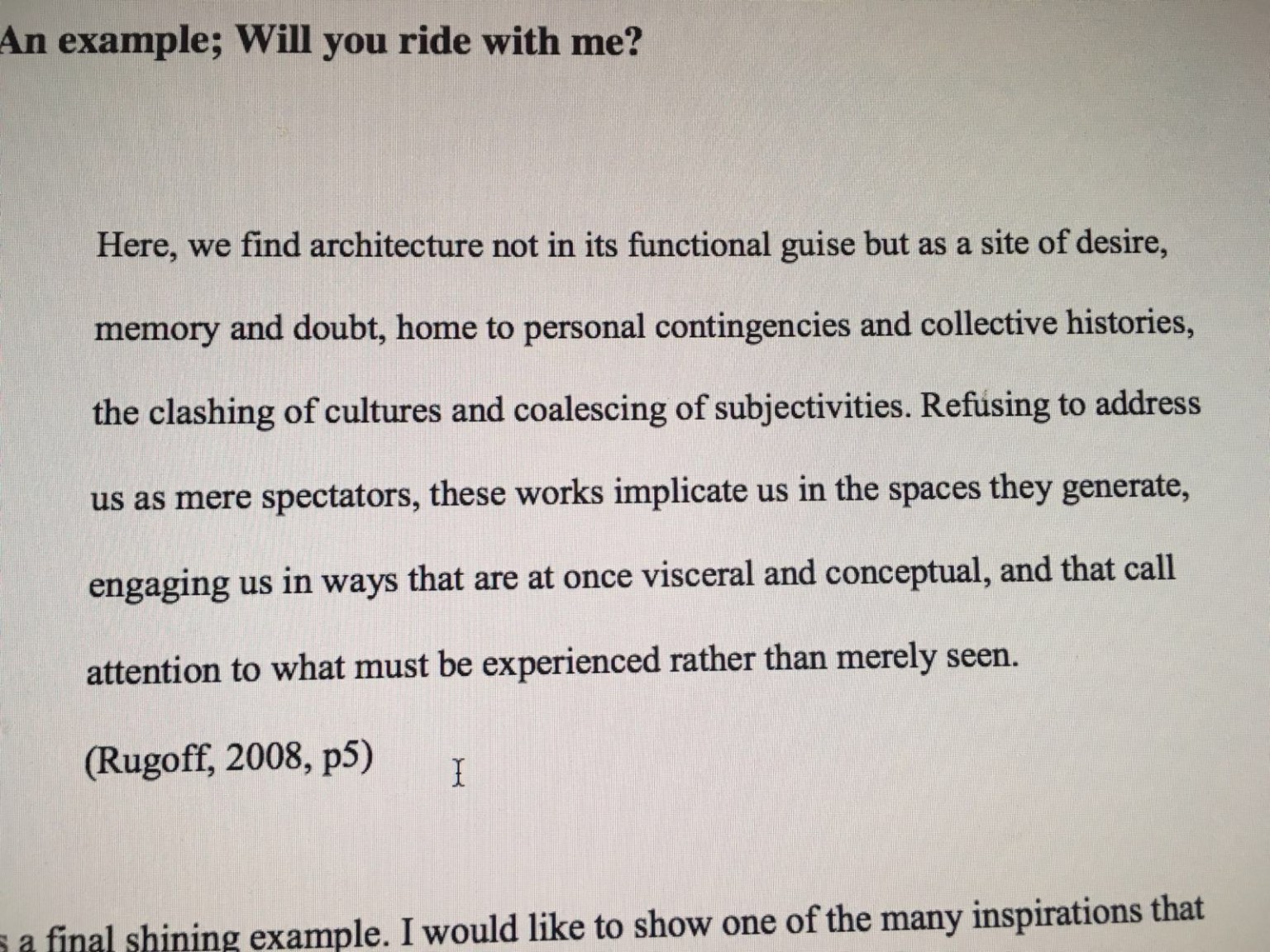
Communicating shared heritage: Summer School assignments
Find here the 4 assignments given to Tanzanian and German students to orient them in searching for shared heritage in Berlin's urban ...
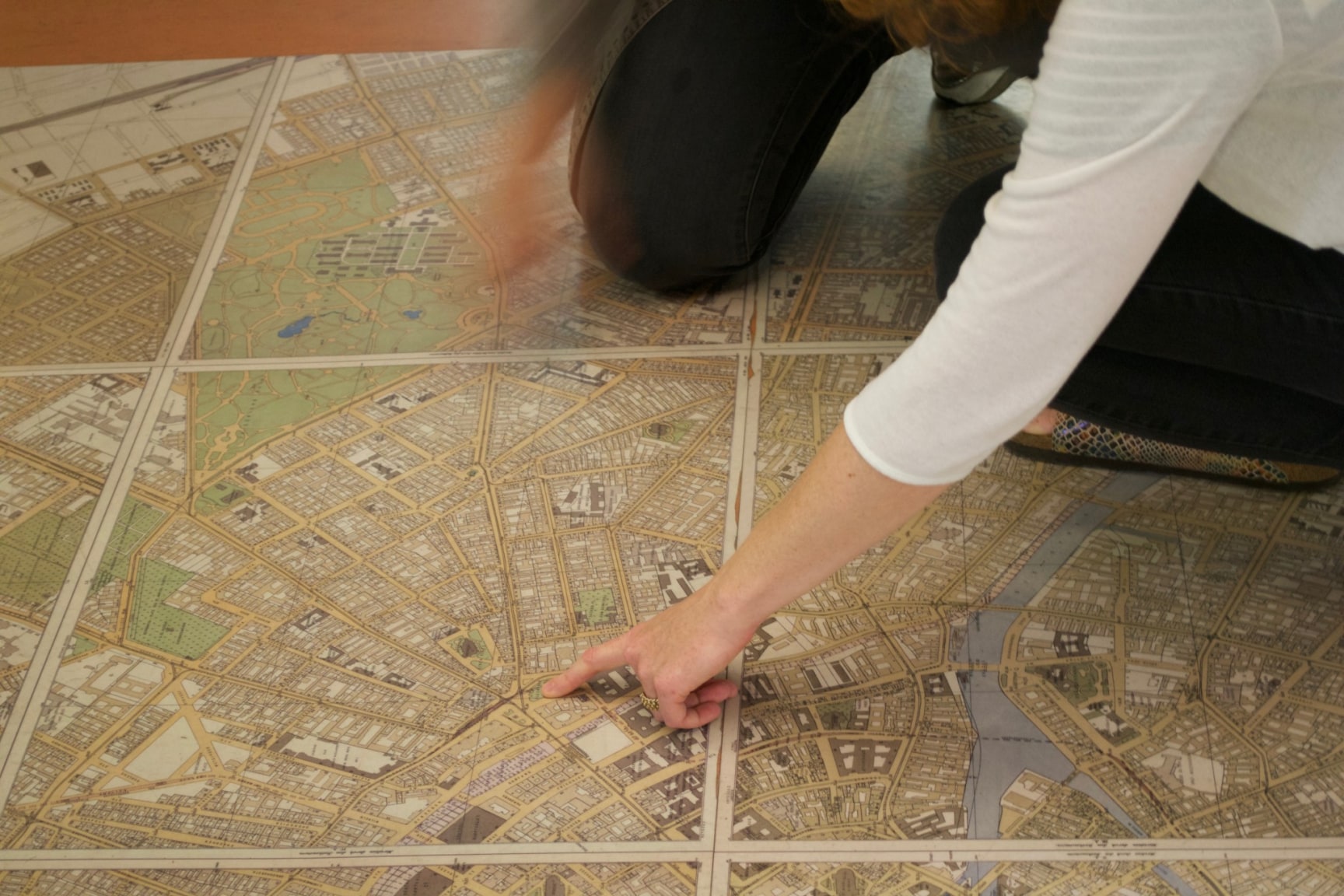
Thinking about archives: quotes and references
A series of quotes and references that guided our reflexion in the Berlin Summer School –collaboration between TU Berlin and Ardhi, Dar
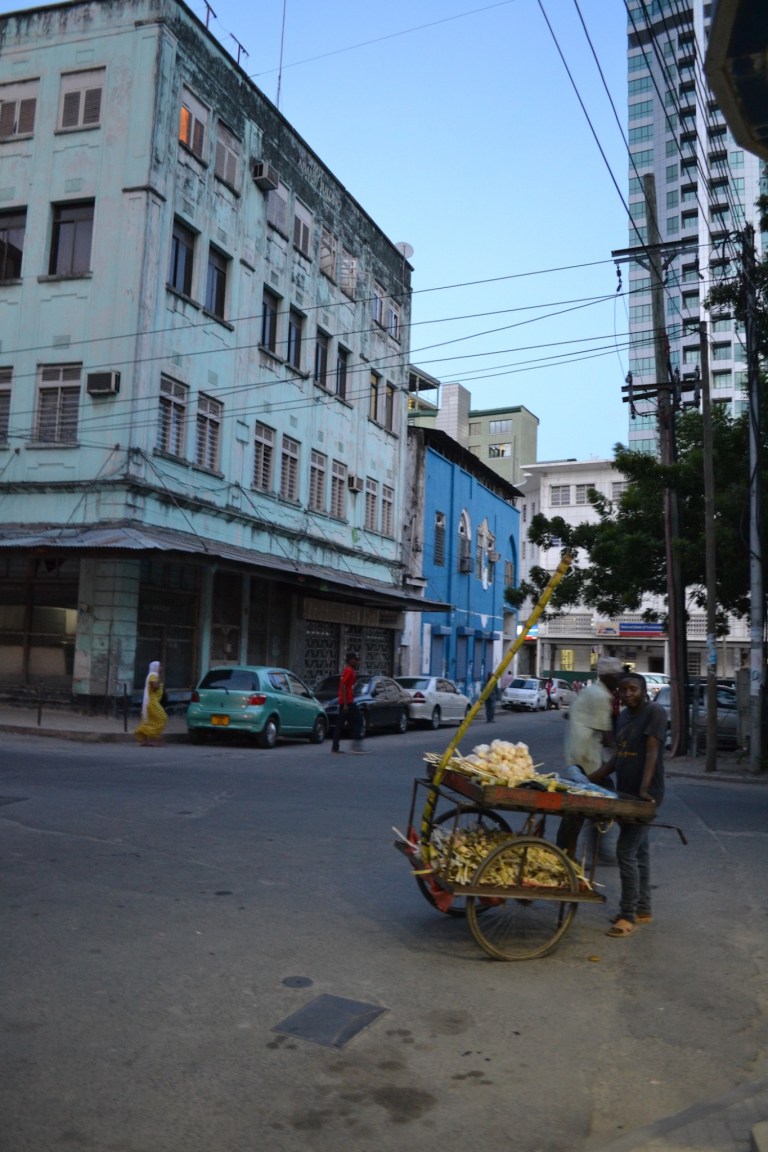
Writing about the city
Some examples of great narratives that build a vivid, sensitive, sometimes shocking or unconventional picture of the Urban:
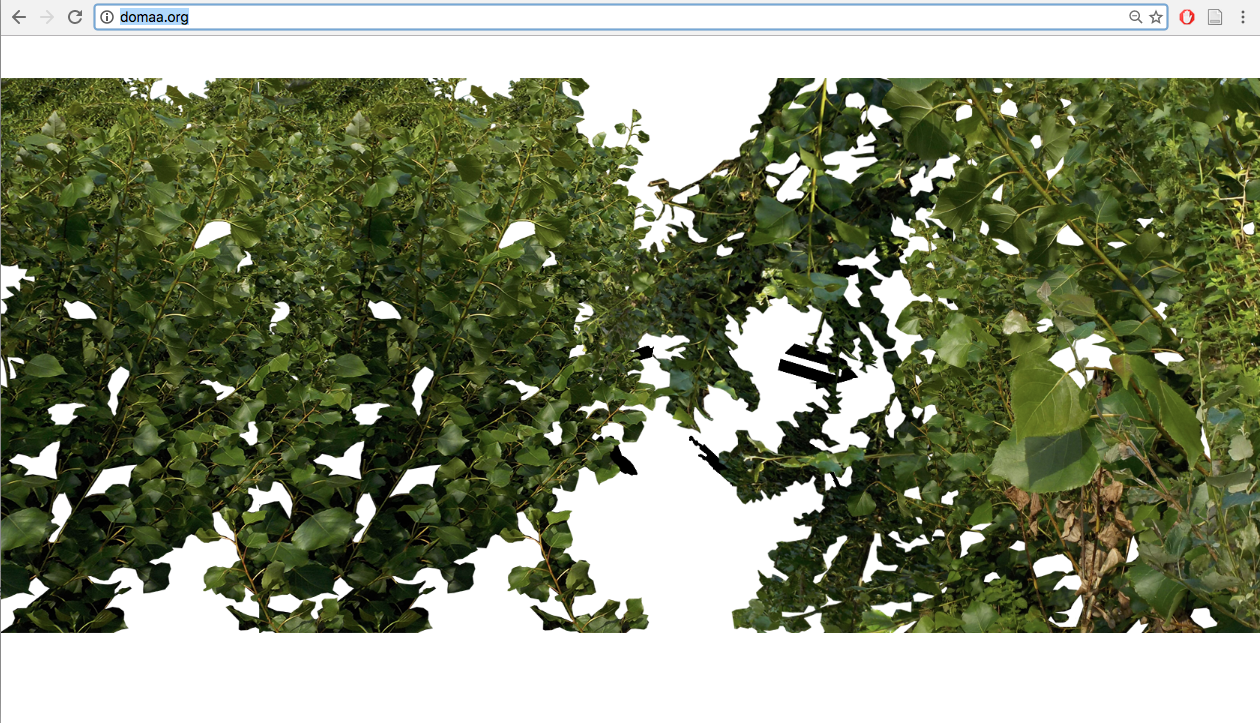
DOMAA
DOMAA (2016) – Patrycja Stal, Adrian Taylor visit the DOMAA platform here: www.domaa.org RESEARCH STATEMENT „Urban space is
Mass Tracker
Mass Tracker is a platform designed proposed by three students from the Simulizi Mijini research studio to research, communicate and ...
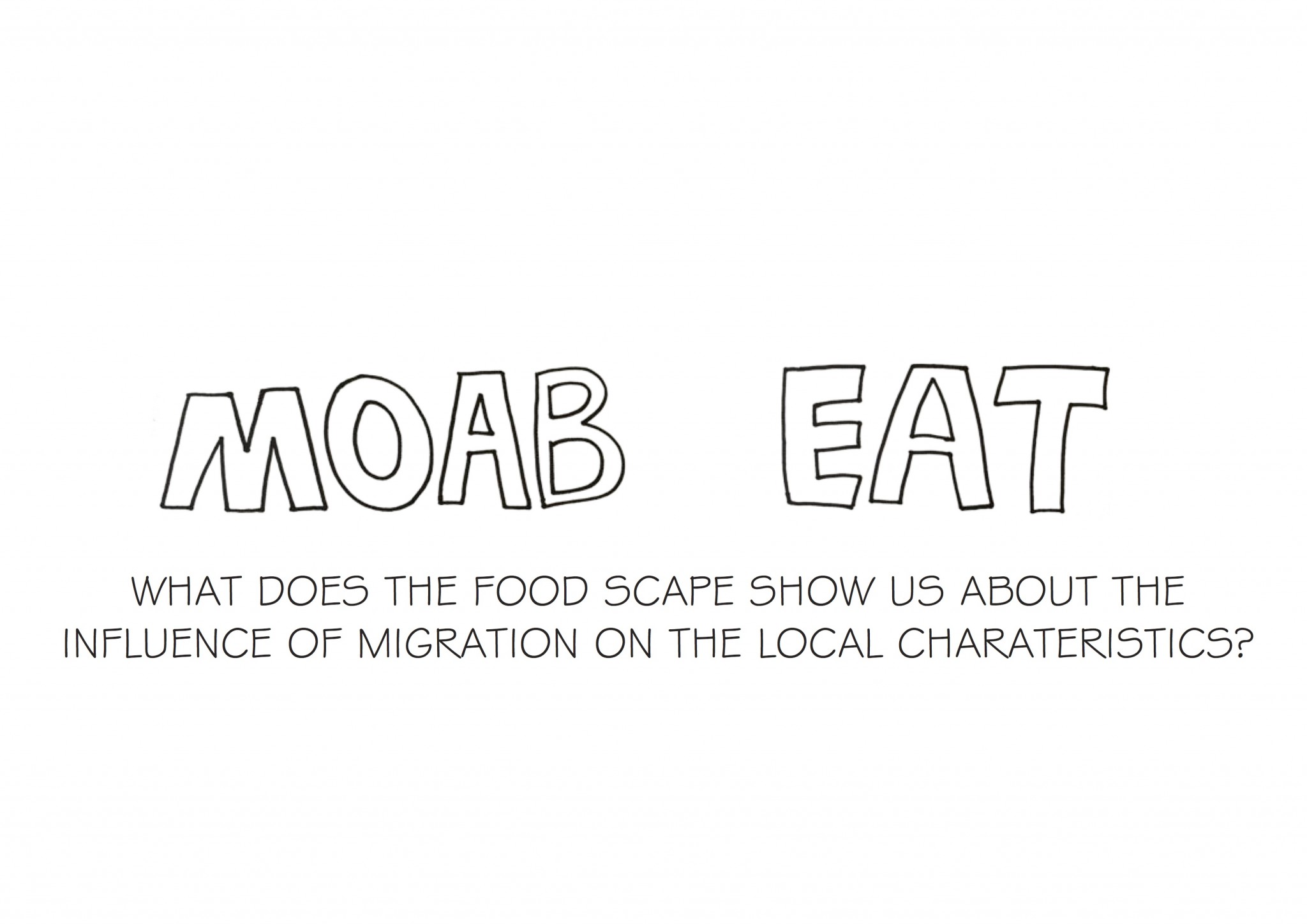
MOAB EAT
Moab Eat is a platform designed proposed by three students from the Simulizi Mijini research studio to research, communicate and ...
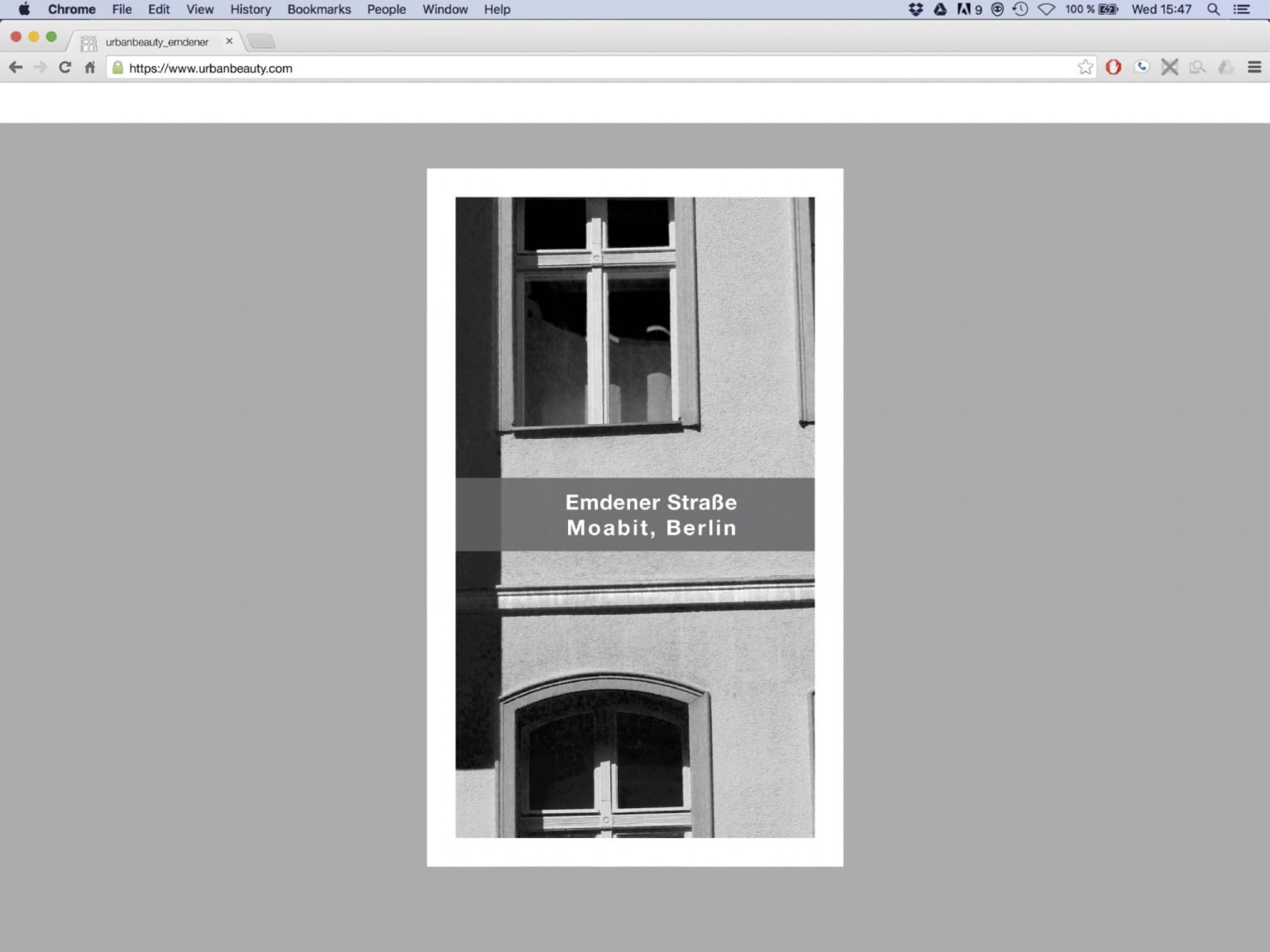
Urban Beauty
Urban Beauty is a platform designed proposed by three students from the Simulizi Mijini research studio to research, communicate and ...
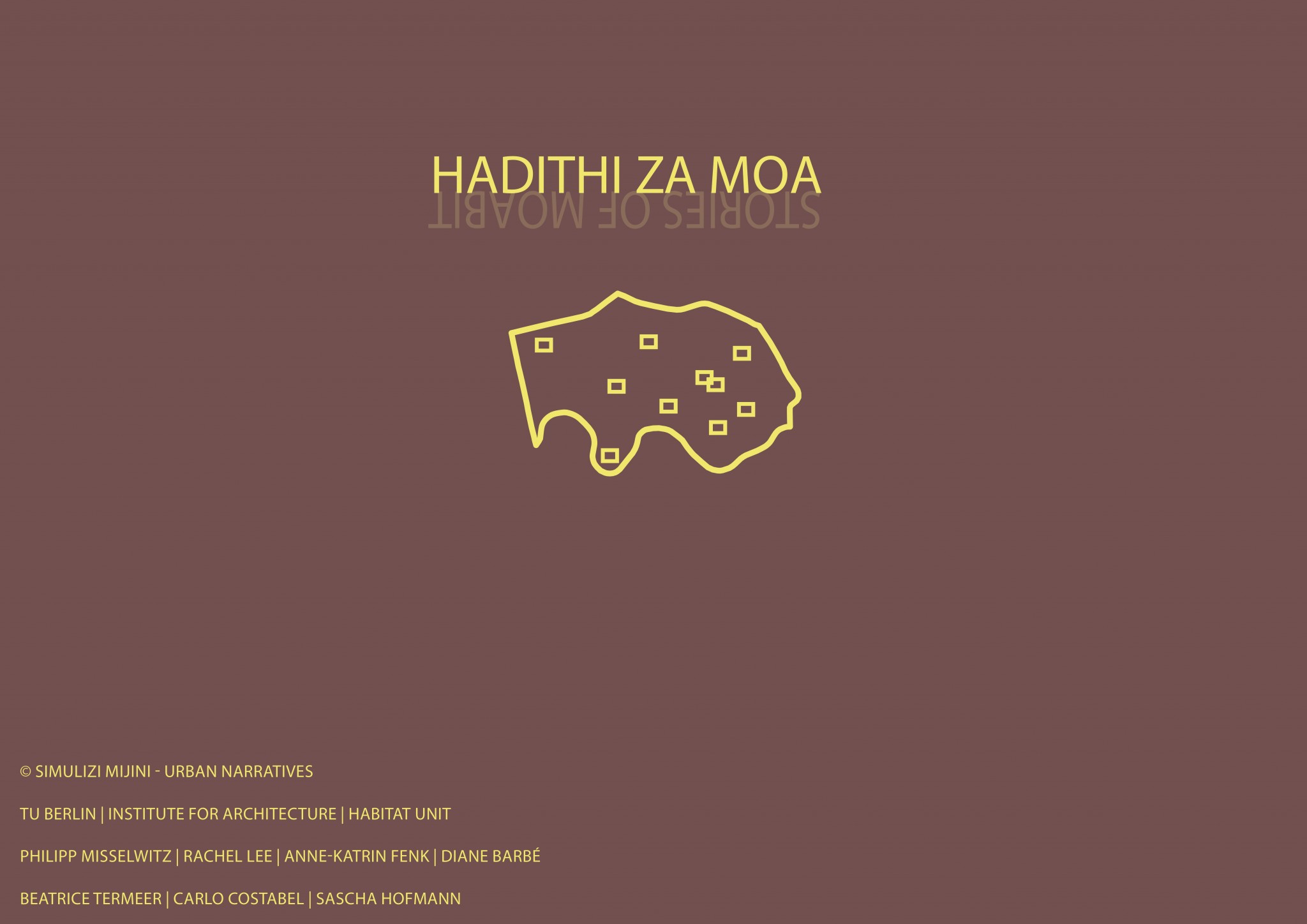
Hadithi za Moa
Hadithi Za Moa is a platform designed proposed by three students from the Simulizi Mijini research studio to research, communicate and ...
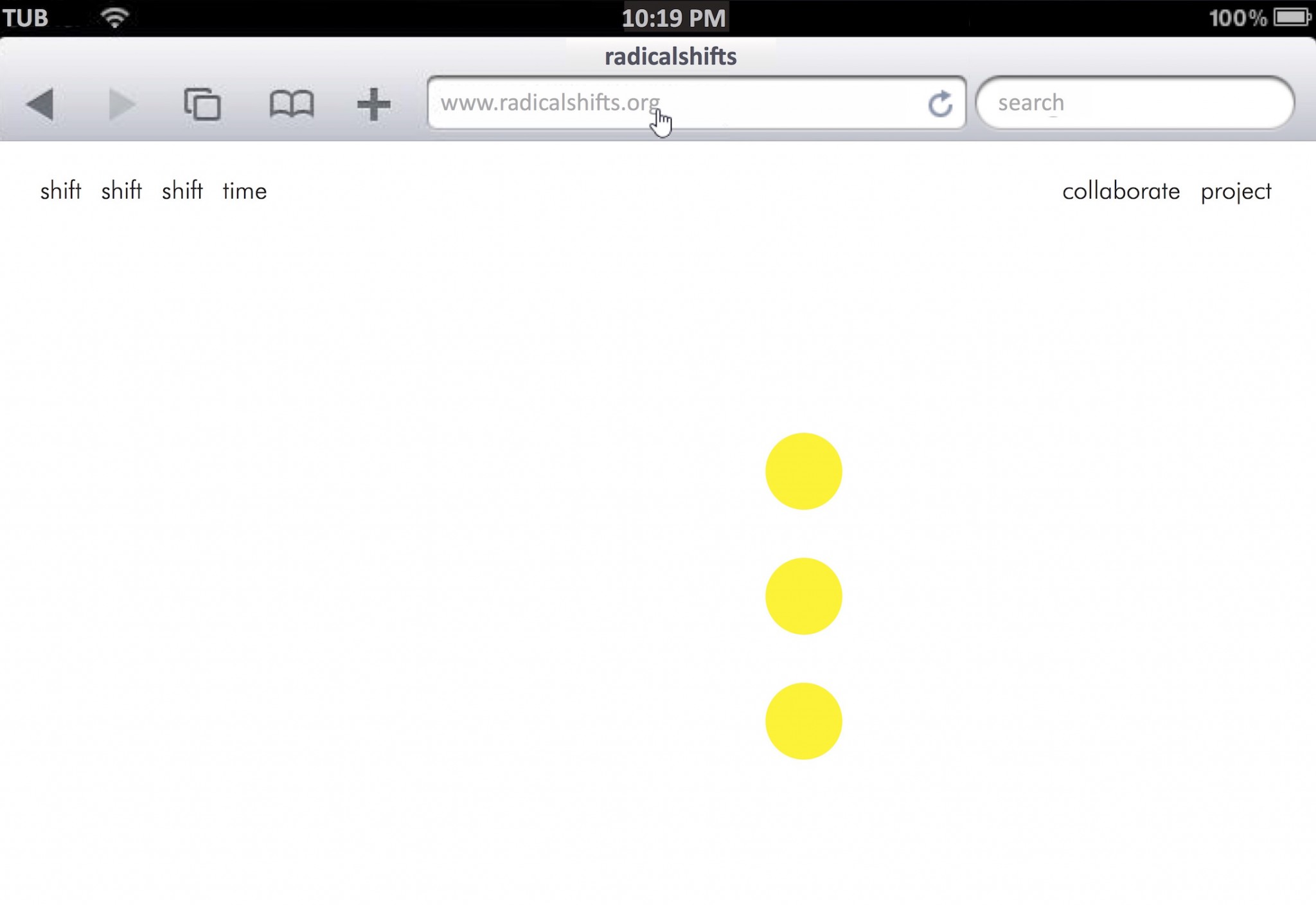
Radical Shifts
Radical Shifts is a platform designed proposed by three students from the Simulizi Mijini research studio to research, communicate and ...
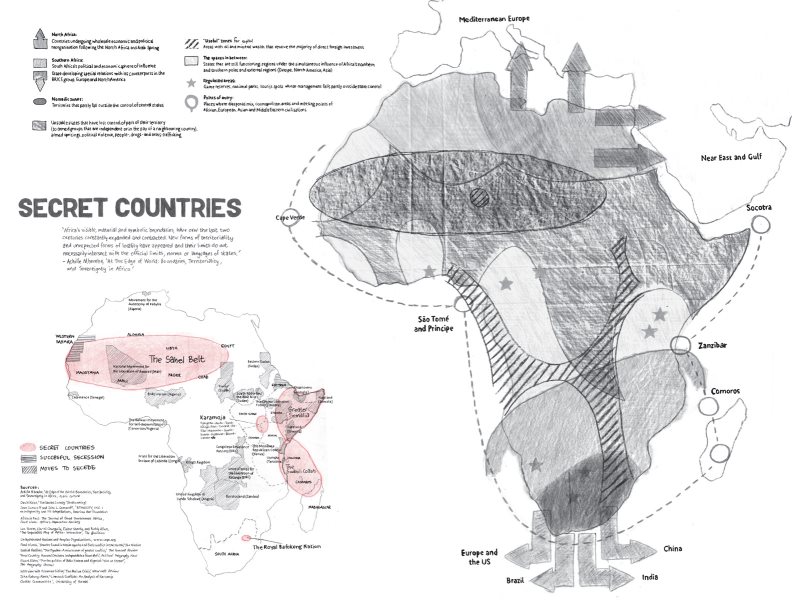
Chimurenga Chronic: New Pan-African Cartographies
The Chimurenga Chronic is a pan-African publication borne out of the need to question Western-based conceptual mappings and ...
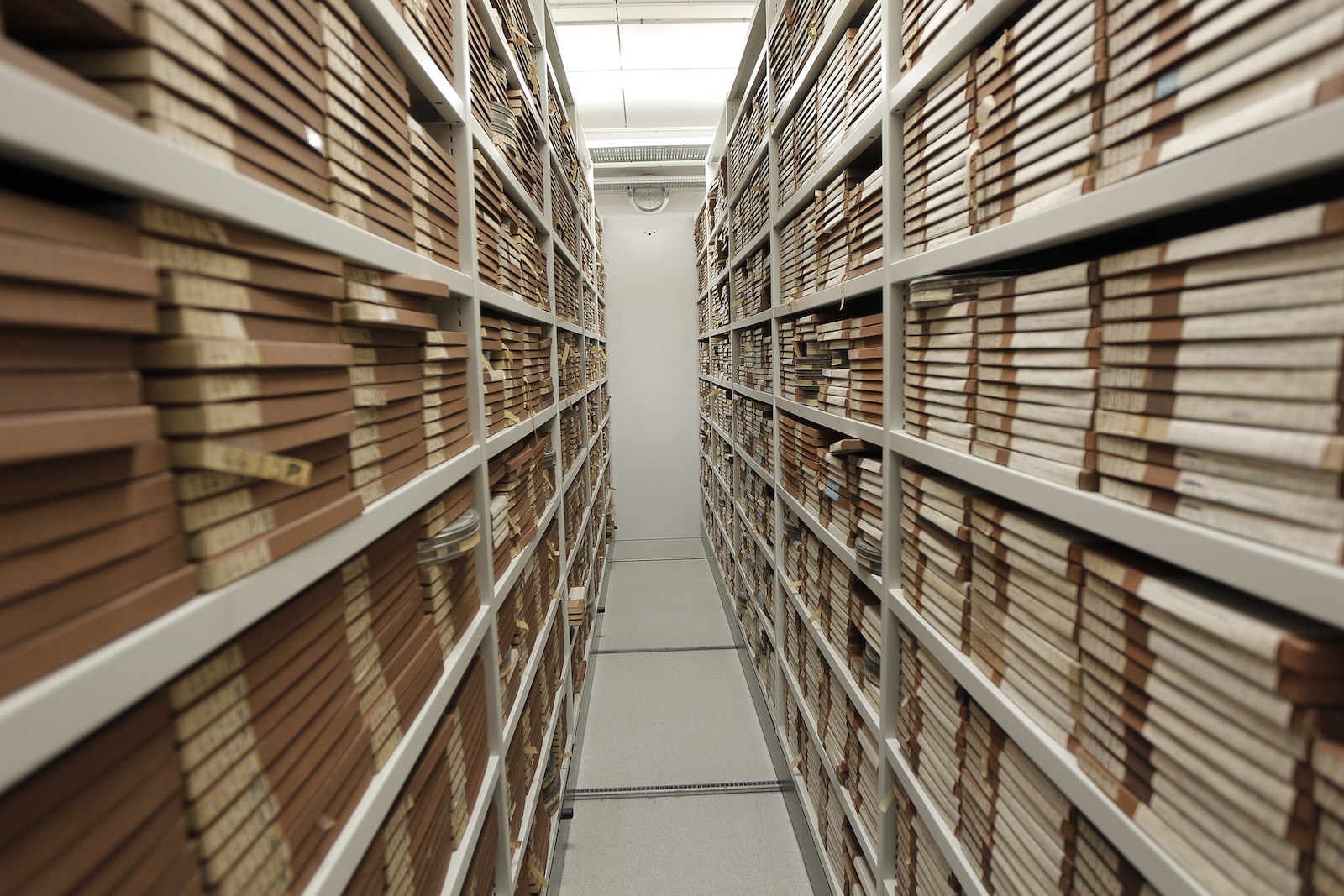
Researching heritage: online archives
In her two-part article published on e-Flux, Innovative Forms of Archive, Nataša Petrešin-Bachelez describes the ways that Eastern ...
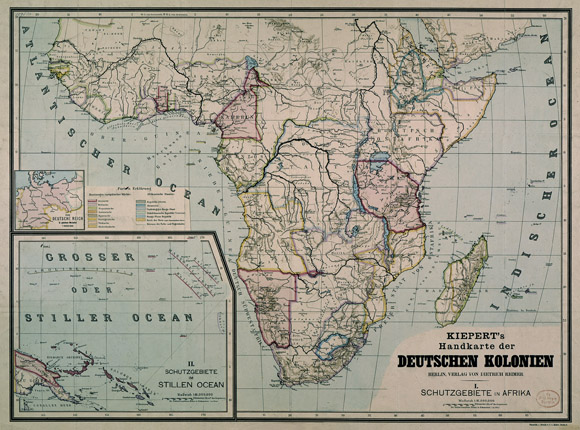
Afrikanische Viertel in Berlin: a PostKolonial Take On The City
How is Germany's little known colonial history still archived in the city? Reflexions from Berlin Postkolonial.
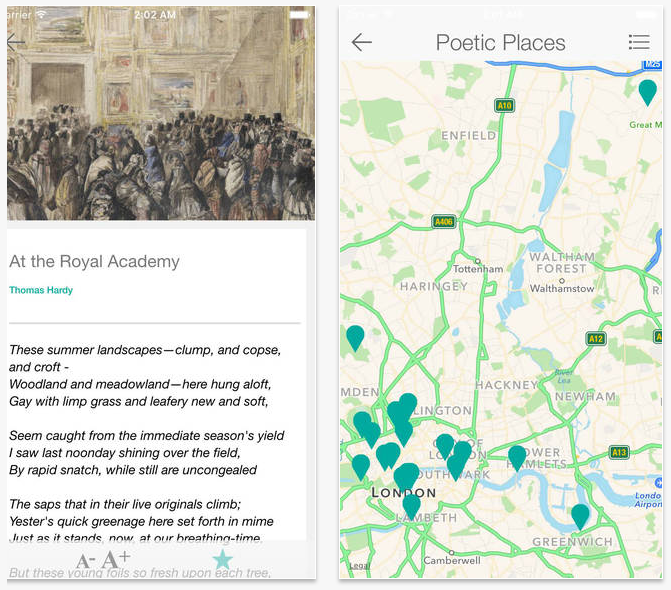
Poetic Places
Poetic Places is a free app for iOS and Android devices and the main outcome of a collaboration between Sarah Cole of TIME/IMAGE and ...
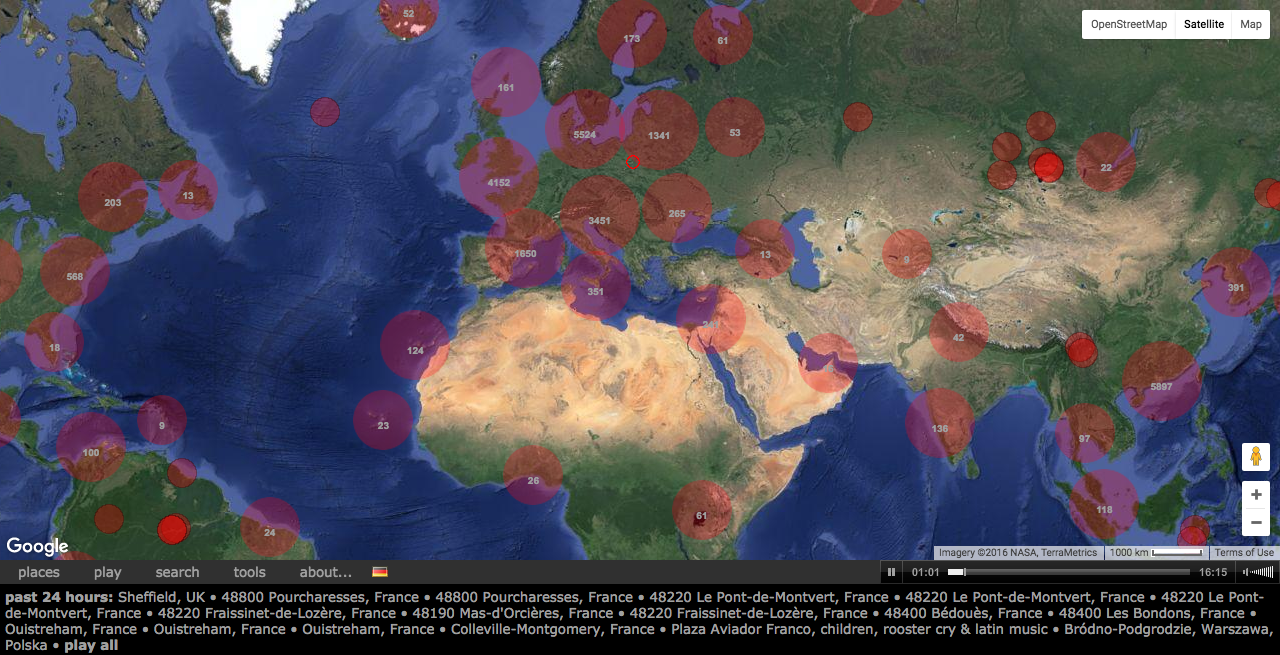
Radio Aporee :: world soundscapes
Radio Aporee is a global soundmap dedicated to field recording, phonography and the art of listening. The atlas comes from ...
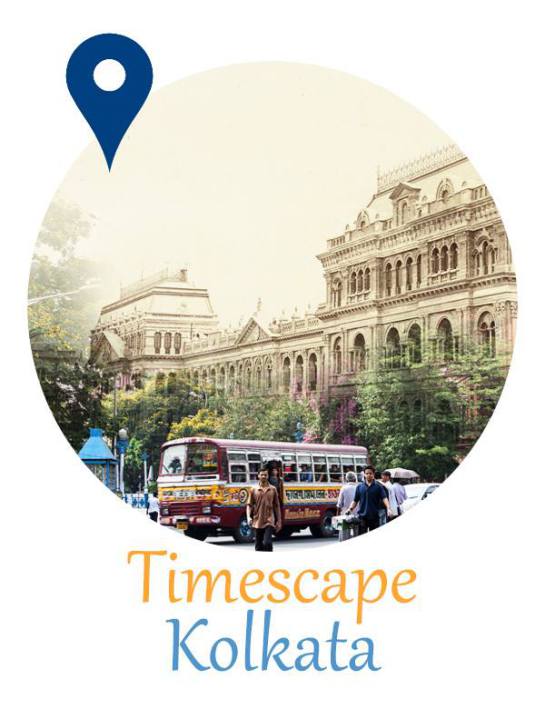
Timescape Kolkata: Envisioning the Indian City
‘Timescape: Kolkata’ is an Augmented Reality app implementation that allows mobile-phone users to explore rare archival images and data
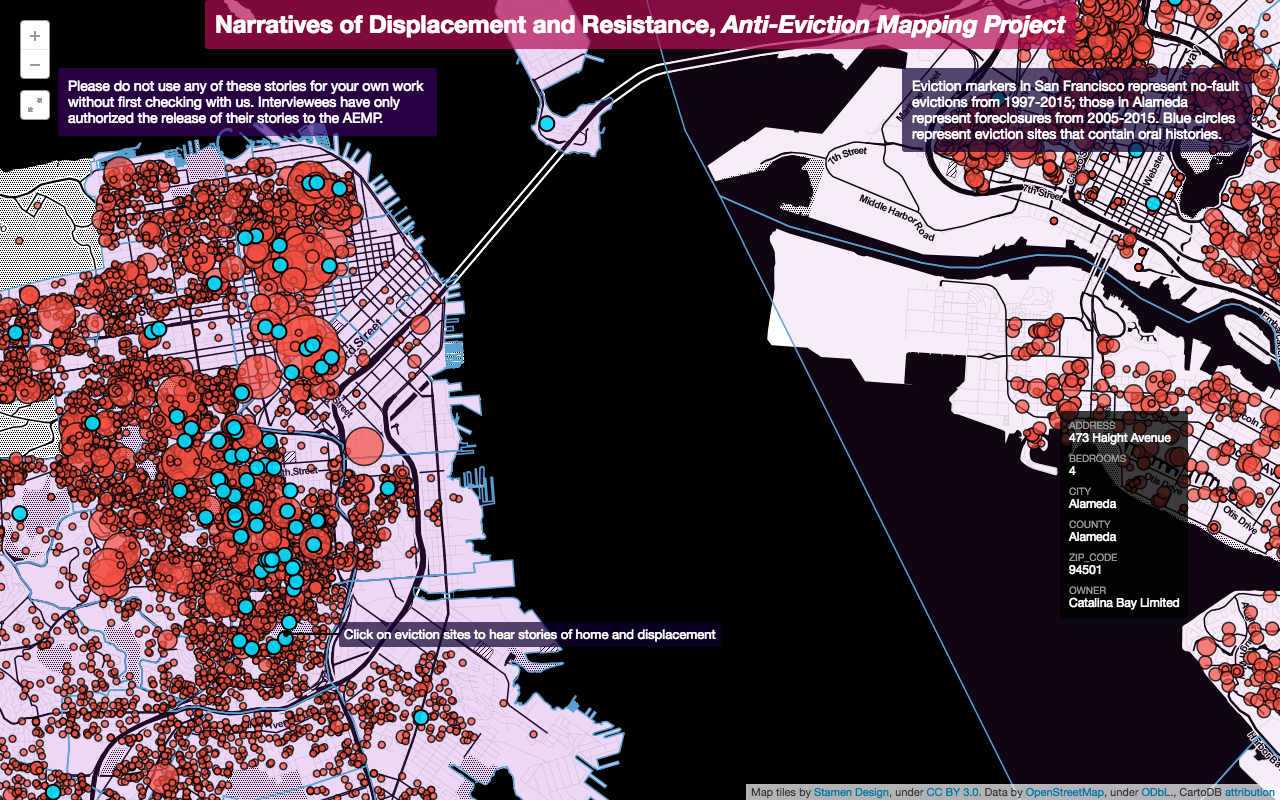
Anti-Eviction Mapping Project
Documenting the dispossession of San Francisco Bay Area residents. The Anti-Eviction Mapping Project is a data-visualization, data ...
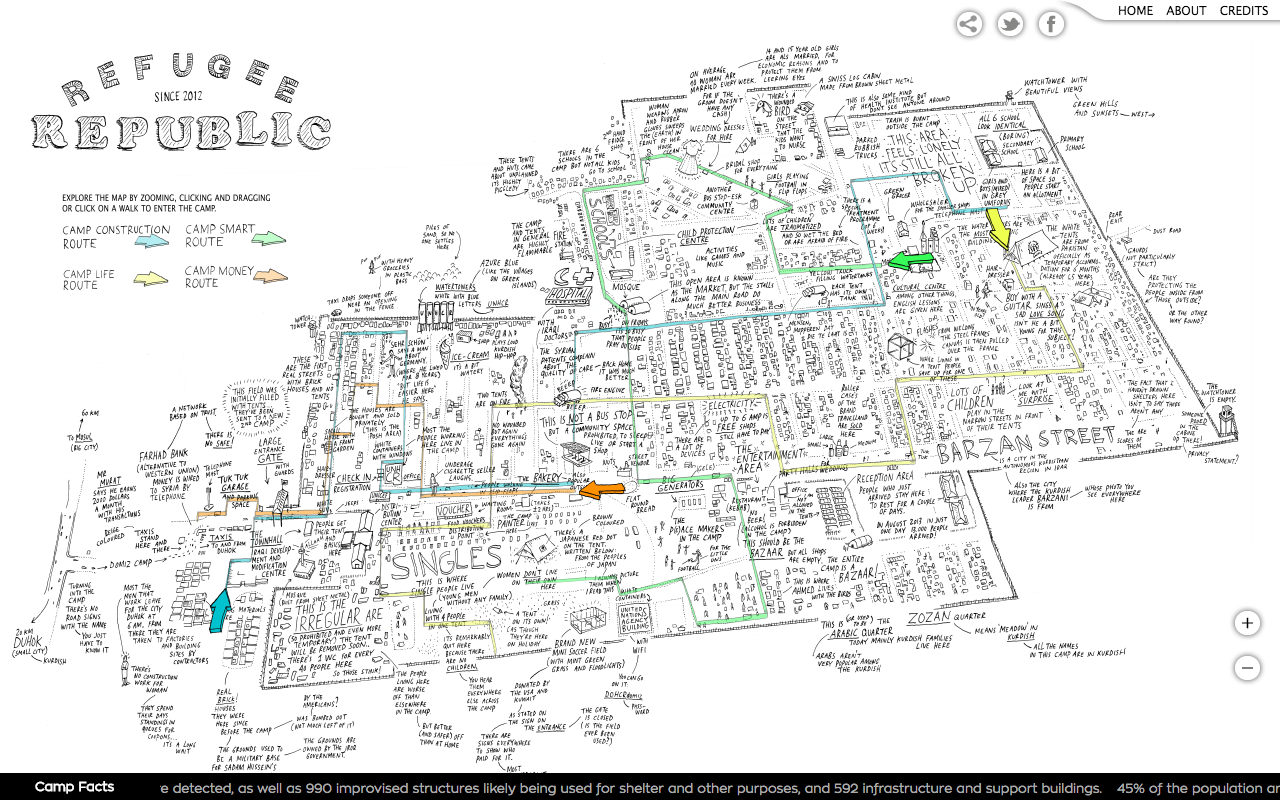
Refugee Republic
Refugee Republic is an interactive transmedia documentary about everyday life in Domiz Camp, a Syrian refugee camp in northern Iraq. ...
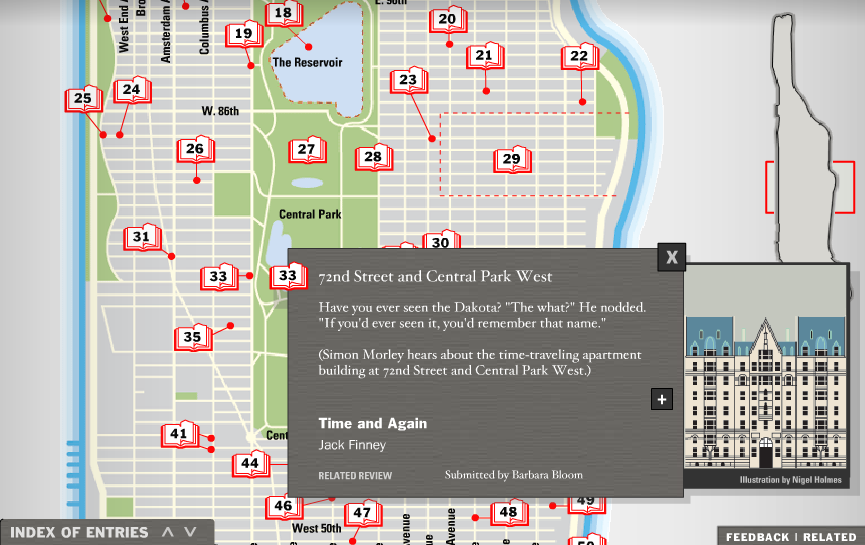
A Literary Map of Manhattan
A project by Randy Cohen and Nigel Holmes, supported by the New York Times‘ Book Review. >> A Literary Map of Manhattan
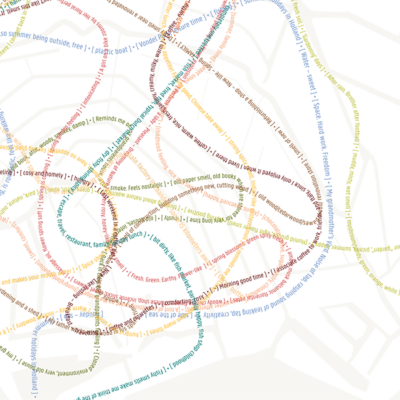
Sensory Maps: Urban Smellscapes
Smells form part of our knowing, but are elusive, often disappearing before they can be pinned down. Smell perception is an ...
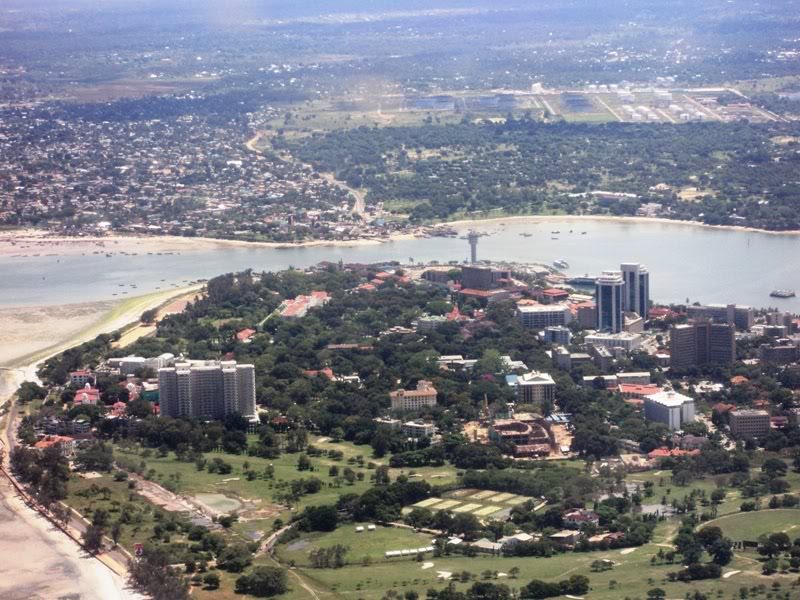
Researching Dar es Salaam – A Bibliography (2)
A selection of readings questioning Northern epistemologies in urban studies and aiming to "decolonize" academic discourses about ...
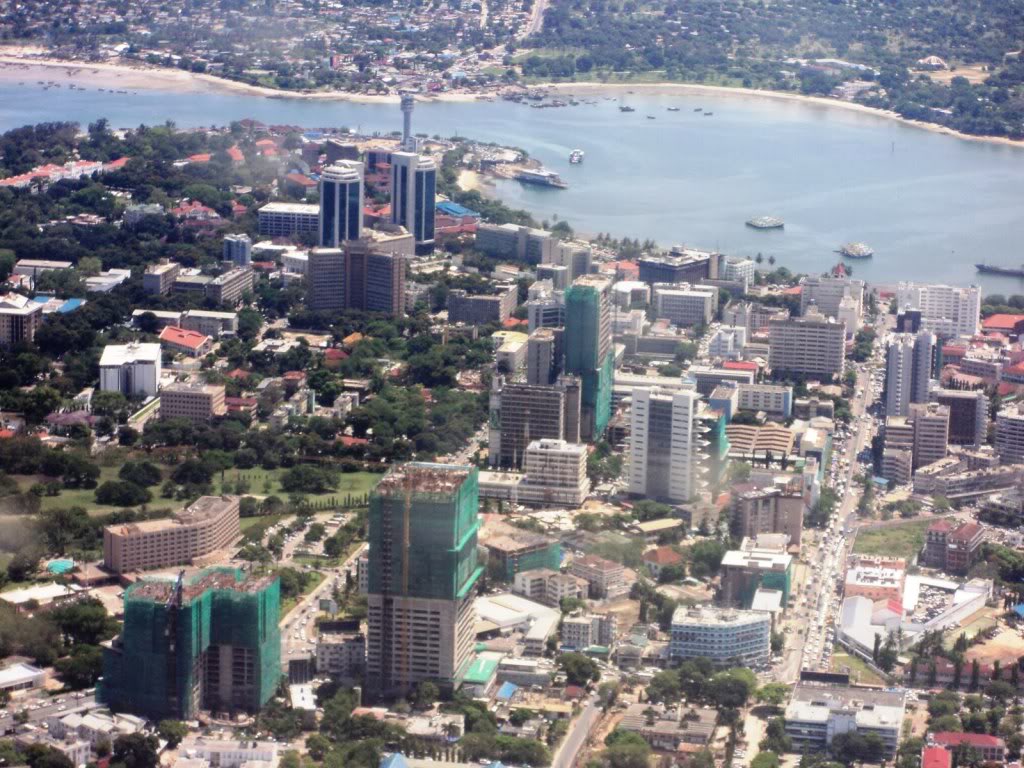
Researching Dar es Salaam – A Bibliography (1)
A selection of readings focusing on the urban history of Dar es Salaam, Tanzania, in the 20th century.
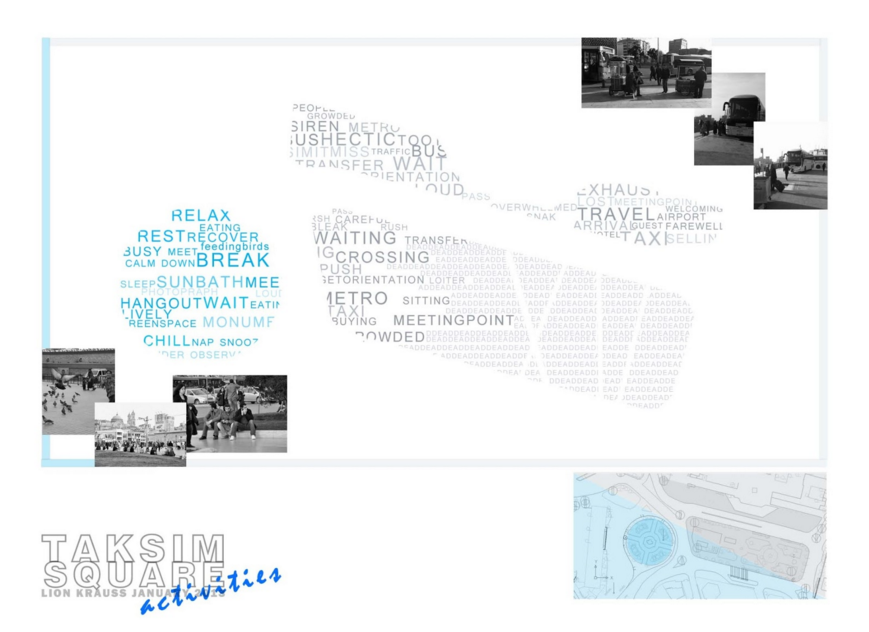
Taksim Topographical Practices
Between 2012 and 2013, students from the University of Tehran conducted various mapping projects aimed at documenting the (un)famous ...
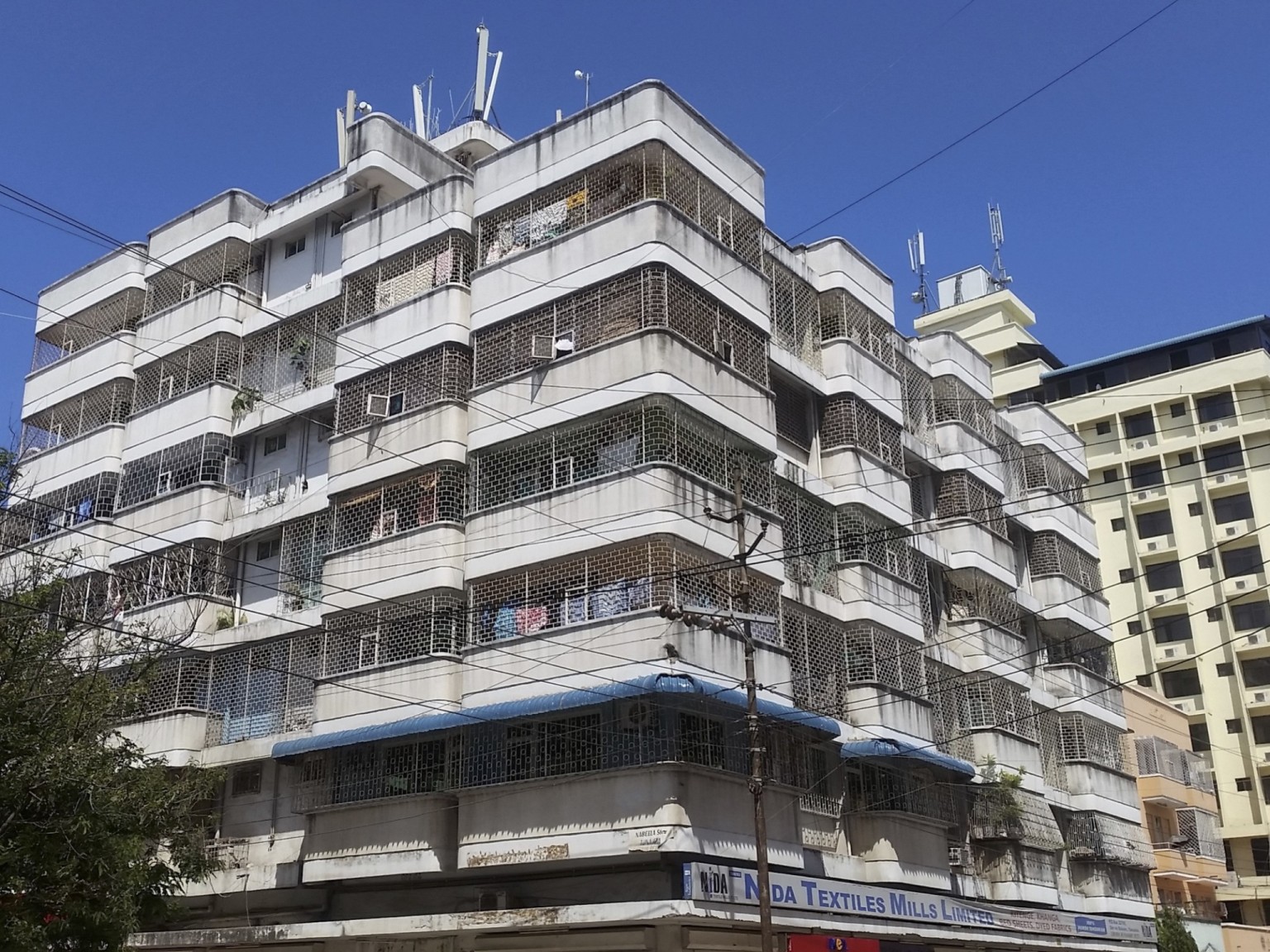
Flanerie and the passive observer: how to record the city?
What to make of the derive in the age of tracking systems? Can we envision this data collection method as a qualitative way to observe ...
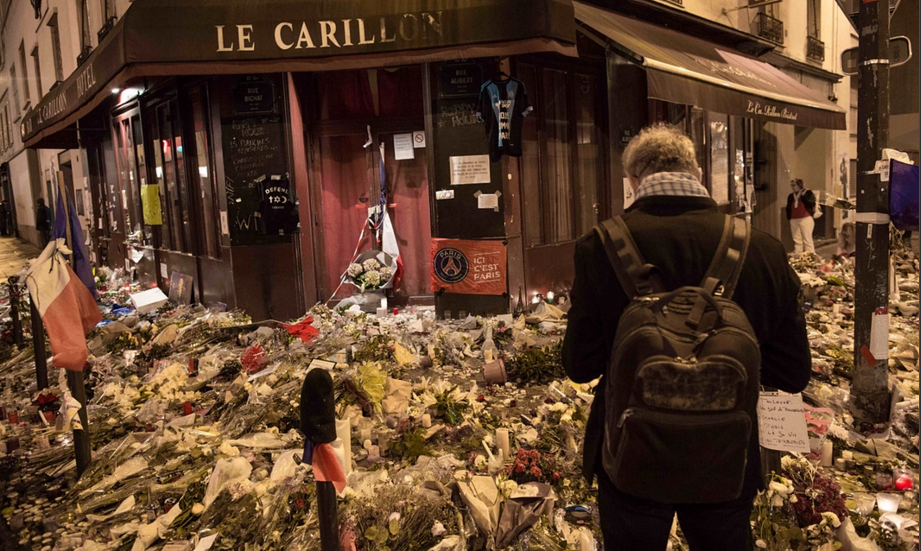
Mapping attacks and trauma in the city: the Paris case
A look at the production of history around the Paris attacks –how do the virtual and the built environment become Lieux de mémoire?
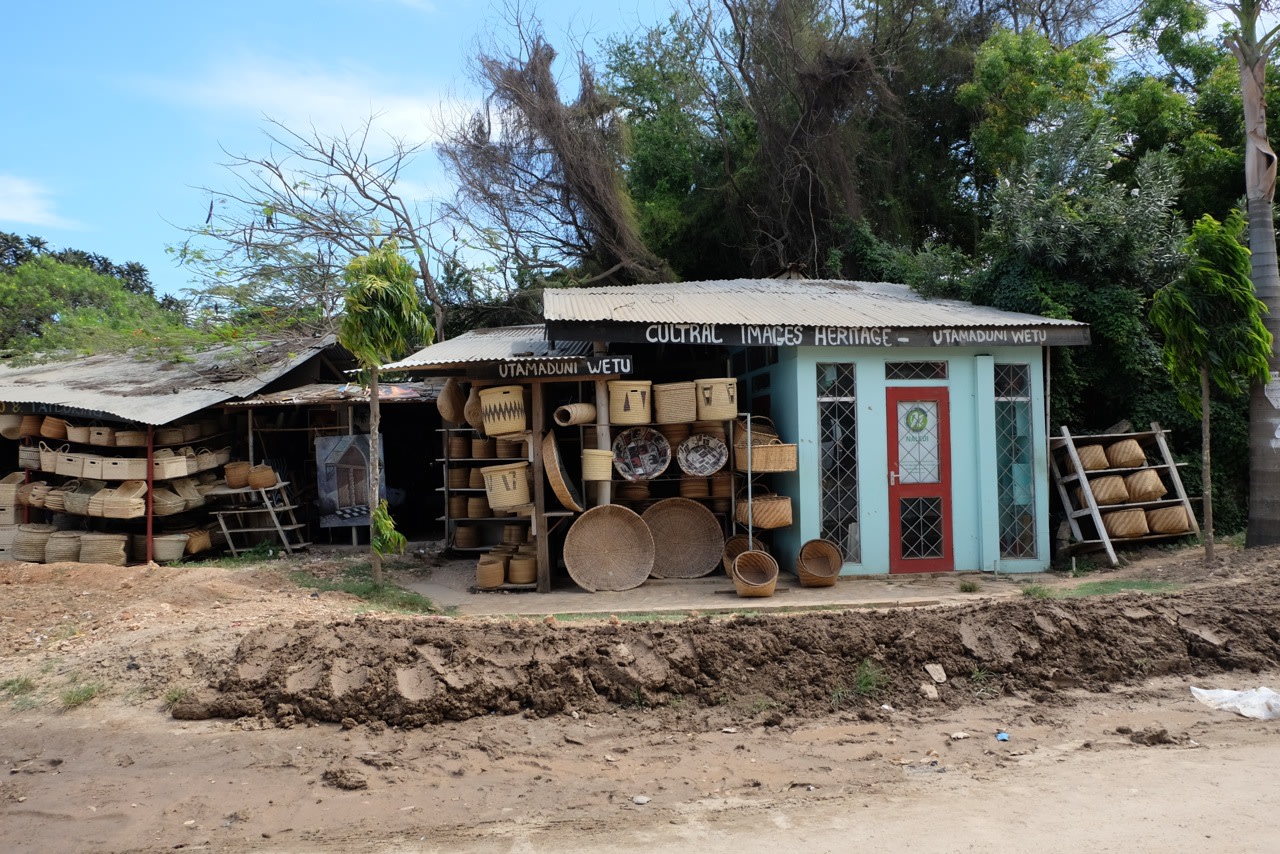
Heritage in the context of global urban studies
Simulizi Mijini has a comparative, empirical approach to global urban studies, to go beyond Eurocentrism and make room for voices from ...
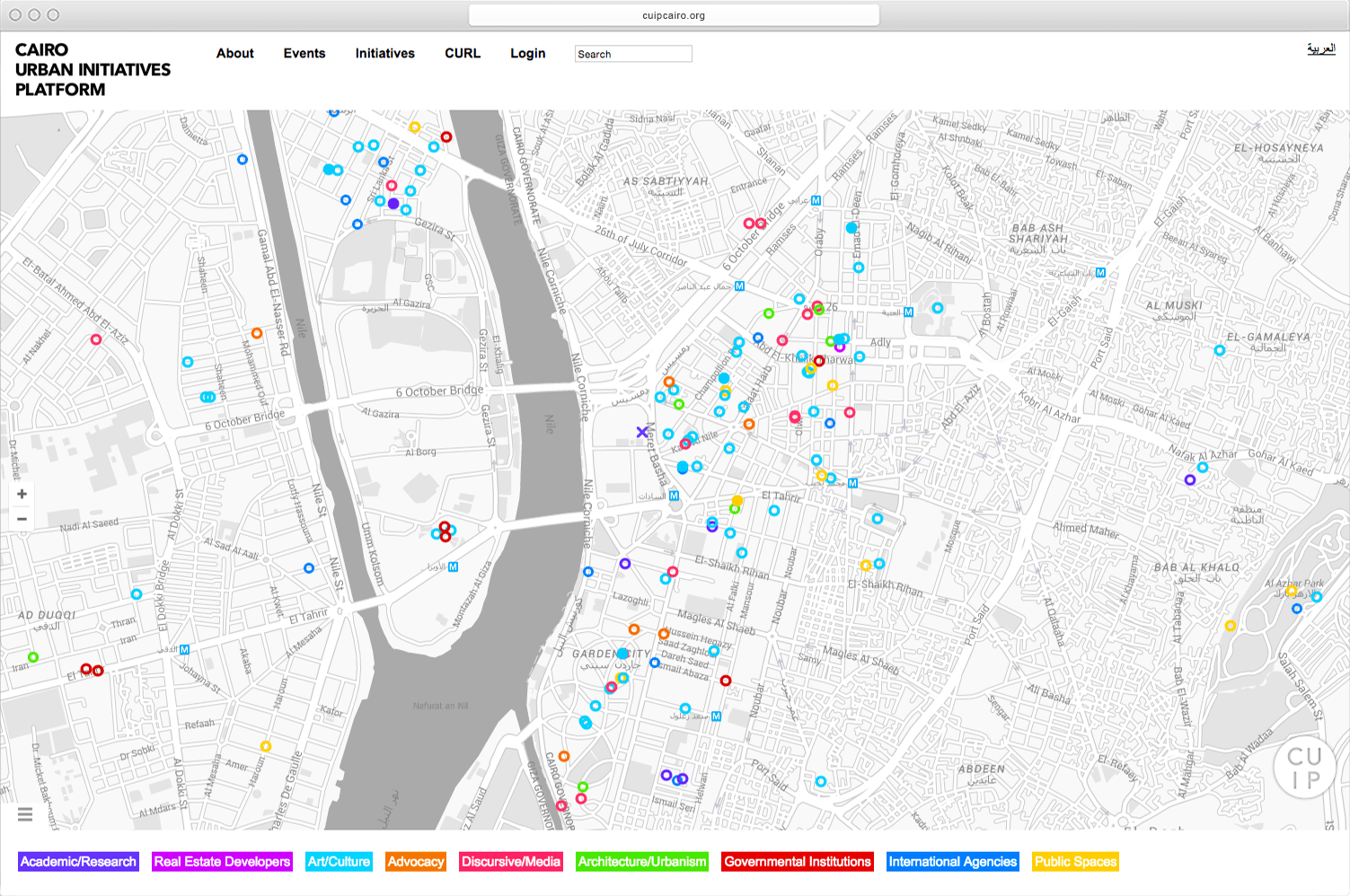
CLUSTER Cairo Mapping initiative
CLUSTER –Cairo Lab for Urban Studies, Training and Environmental Research is an initiative that establishes a space for critical urban ...
